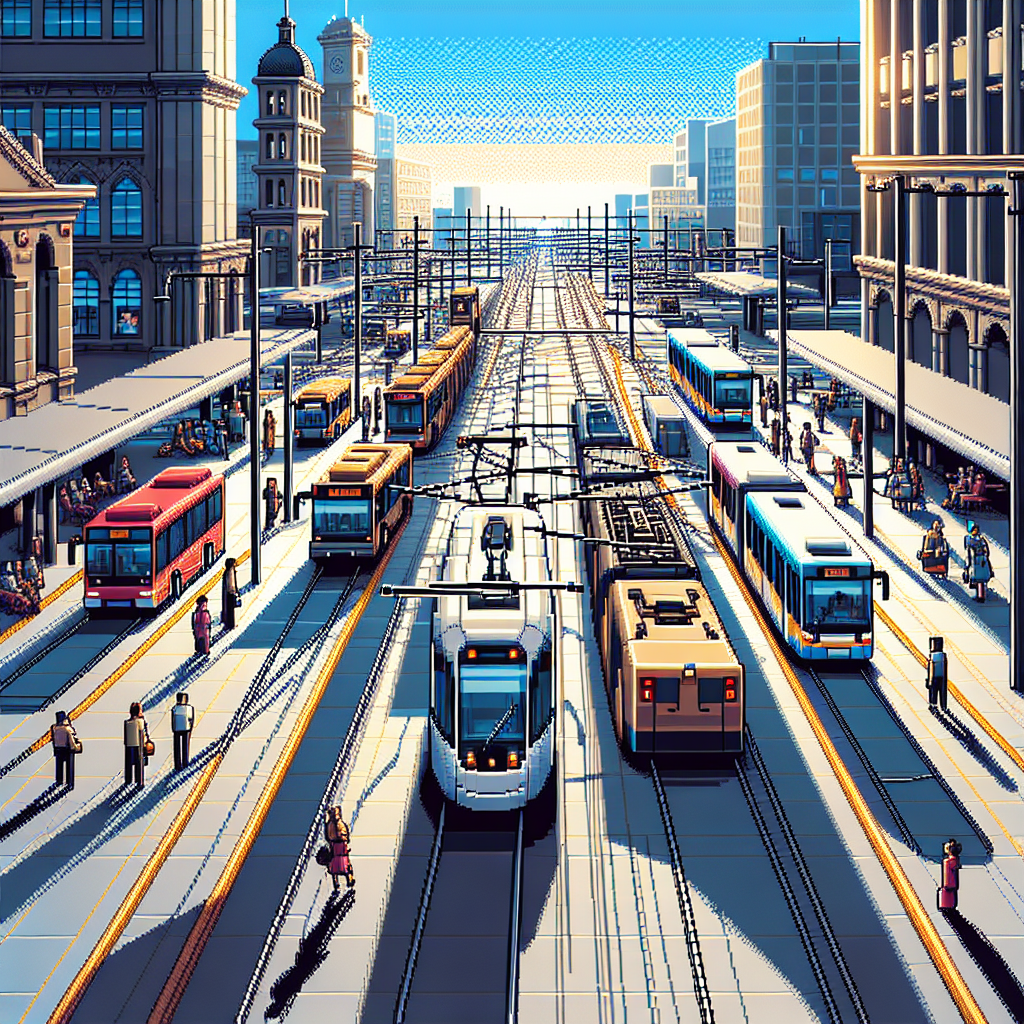Public transit is more than just a means of transportation. It’s often seen as a microcosm of our society, reflecting the dynamics of our democracy.
When the ebbs and flows of public transit are examined closely, one can discern patterns that resonate with some recent socio-political trends.
For instance, take the scenario of Nigeria, where key figures have recently voiced their concerns about the dwindling standards of democracy. This anxiety is not limited to political arenas alone but finds echoes within the realm of public transit as well.

In simple terms, the state of public transit in any nation is a litmus test for democratic health. It highlights how effectively authorities are providing essential services to their citizens and how equitably resources are being distributed.
The democratic values inherent in public transit are evident when one considers the issues of access and affordability. Ideally, public transit should be accessible to everyone, regardless of their socio-economic status. This widespread accessibility embodies the democratic principle of equality, ensuring everyone has the liberty to move freely within society.
However, when systems fail, it’s often the marginalized communities that bear the brunt. The falling standards of democracy, as observed in Nigeria, could mirror potential discrepancies in its public transit, affecting the everyday lives of commuters.
This could lead to an increase in social unrest, as a lack of reliable public transit directly impacts economic opportunities and quality of life.
Now, let’s veer our lens towards office dynamics in a public transit setting. A recent incident involving a missing wedding shower invitation seems trivial, but it provides a snapshot of the subtle power dynamics at play. This occurrence underscores the importance of inclusivity and fairness, both essential elements in a healthy democracy, and by extension, a robust public transit system.
Public transit employees, from drivers to office workers, should experience a democratic work environment built on mutual respect. This promotes a positive work culture, boosting morale, and translating into better service for commuters.
Lastly, let’s consider the bid of a progressive TikTok star to unseat an entrenched political figure. This seemingly unrelated event has interesting implications for public transit, particularly in terms of innovation and change.
In an era where information is disseminated at lightning speed via platforms like TikTok, public transit authorities also need to embrace digital transformation. Using social media for real-time updates, virtual complaint redressal, and promoting transparency can be game-changing.
This progressive approach is in harmony with the spirit of democracy, encouraging active participation from citizens. It also underscores the importance of evolving with times, a lesson every public transit system should learn to stay relevant and efficient.
In conclusion, the patterns and trends in public transit are reflective of larger socio-political dynamics.
By prioritizing accessibility, inclusivity, and innovation, public transit systems can embody the principles of a thriving democracy. This has significant implications for how we commute today, and in the future, shaping our society in profound ways. The state of our buses, trains, and trams, it seems, tells us more about ourselves than we might initially perceive.